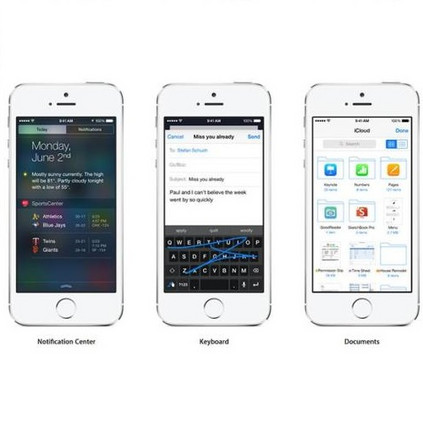Including covariant information, such as position, force, velocity or spin is important in many tasks in computational physics and chemistry. We introduce Steerable E(3) Equivariant Graph Neural Networks (SEGNNs) that generalise equivariant graph networks, such that node and edge attributes are not restricted to invariant scalars, but can contain covariant information, such as vectors or tensors. This model, composed of steerable MLPs, is able to incorporate geometric and physical information in both the message and update functions. Through the definition of steerable node attributes, the MLPs provide a new class of activation functions for general use with steerable feature fields. We discuss ours and related work through the lens of equivariant non-linear convolutions, which further allows us to pin-point the successful components of SEGNNs: non-linear message aggregation improves upon classic linear (steerable) point convolutions; steerable messages improve upon recent equivariant graph networks that send invariant messages. We demonstrate the effectiveness of our method on several tasks in computational physics and chemistry and provide extensive ablation studies.
翻译:在计算物理和化学的许多任务中,包括位置、力、速度或旋转等变量信息非常重要。 我们引入了可控 E(3) 等式图形神经网络( SEGNNS) 。 我们引入了可控 E(3) 等式图形神经网络( SEGNNS), 该网络一般化等等等等异质图形网络, 使节点和边缘属性不局限于异性二次曲线, 并且可以包含共变量信息, 如矢量或数组。 这个由可控 MLPs 组成的模型能够将几何和物理信息纳入信件和更新功能中。 通过可控节点属性的定义, MLPs 提供了一个新的激活功能类别, 供通用使用。 我们通过等式非线性非线性二次曲线的透镜来讨论我们的工作和相关的工作, 这进一步使我们能够点出 SGNNPs 的成功组件: 非线性信息汇总改进了经典线性( 可控性)点变异性; 指导性信息改进了最近传递的等式图形网络, 我们展示了多种物理和计算方法的有效性。




